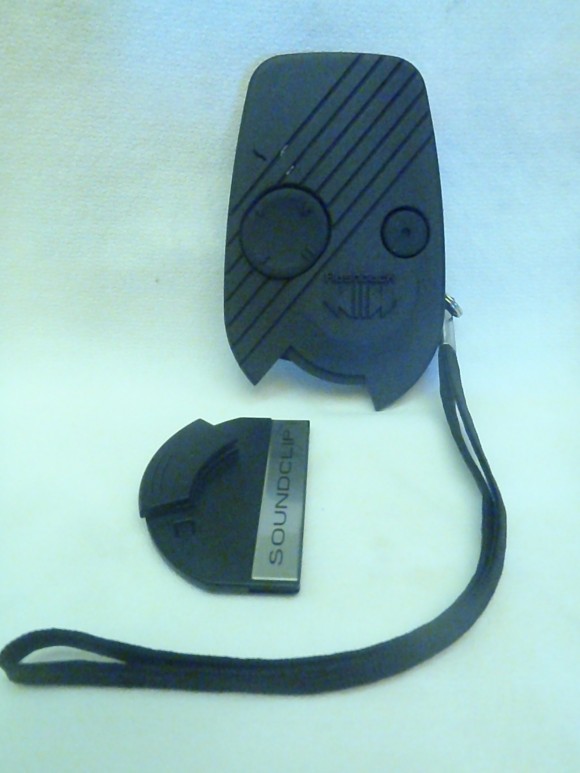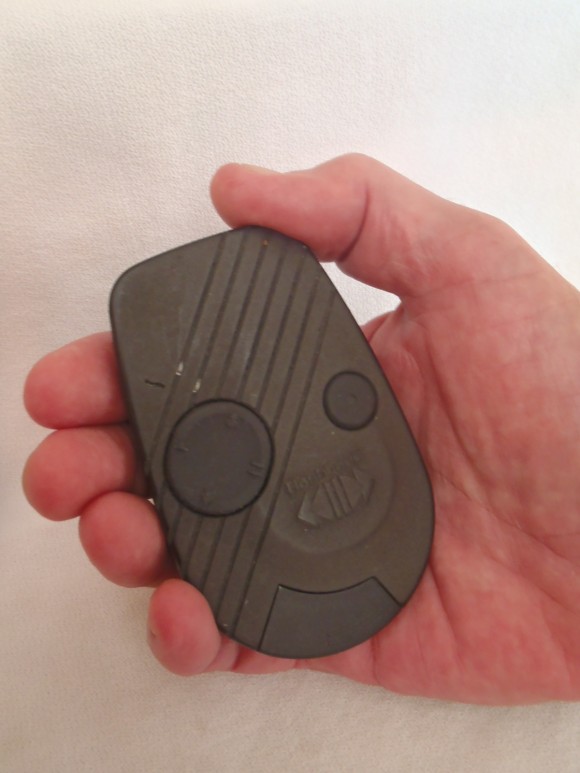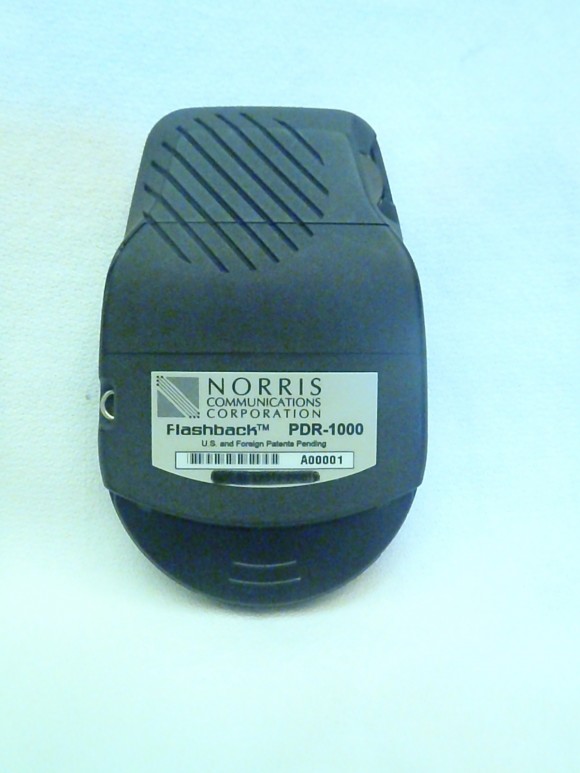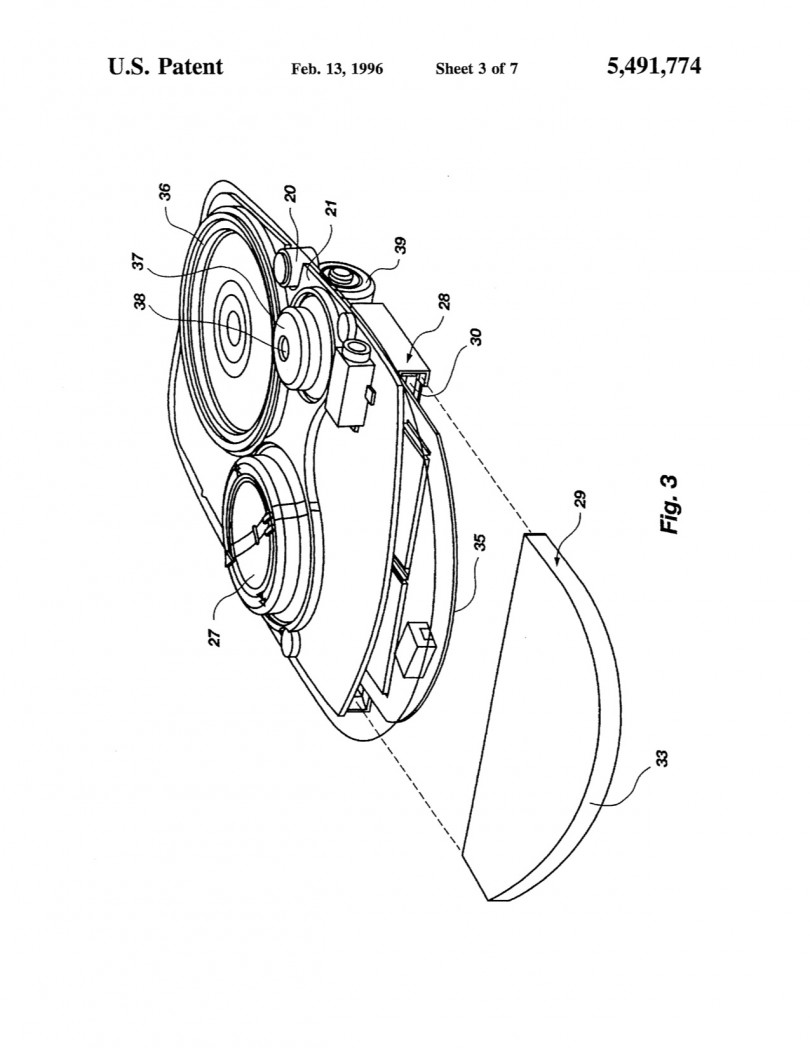aNewDomain.net — In the last two decades we have seen a huge rise in the use of flash memory. From its origin point in the Japanese labs of Toshiba, inventor Dr. Fujio Masuoka created a technology that has transformed the digital world.
The read-only, non-volatile tech was created to increase the read/write capacities of large CPUs. Today, though, on-board SSD flash drives, easily removable USB sticks and a slew of personal electronics contain not only Masuoka’s core flash memory design, but an incredibly useful and used type of flash that is removable.

Inventor Steve Brightbill
RFM
For those who can remember, this type of Removable Flash Memory (RFM) was invented in the early 1990s by a company called Norris Communications (now e.Digital). In 1993, Norris Communications, headed by Woody Norris, hired Steve Brightbill as VP of sales and marketing.
I had the opportunity to speak at length with Brightbill about the history of his role in RFM, where Norris Communications has gone and his invention’s impact on the world.
The invention, officially patented in 1996, was thought up 20 years ago by Norris and Brightbill. The purpose was not just removable flash, but a handheld device that could record and play back audio, all tied together with a removable flash-based memory unit.
Woody inspired me with…a product called Voice It. An analog recorder, 10-15 seconds,” Brightbill said. “It was clear in my mind, if we were going after the hand-held market, we would need to have a considerably longer recording time, and…it would have to be removable,” and therefore digital.
To make that concept a reality Brightbill attended COMDEX, a now-defunct technology conference held in Las Vegas, looking for the right technology. Intel’s “Flash Evangelist” of the time, Skip Matthews, showed him the many uses of flash memory. Matthews warmed quickly to the idea of removable flash memory in a hand-held device, later connecting Norris Communications with Intel chips, and within the year a rough of the device was ready.
Application of Technology
As revolutionary as the RFM market would become, at the time Norris Communications was simply doing its best to make a competing hand-held recording device. Its application of flash memory and the engineering required to make it useful was just a necessary step in the progression of the product.
The company’s first product with RFM technology was called Flashback. It was a hand-held device that fit in the palm. The basic engineering of the device consisted of a PCMCIA connector, a headphone jack, a DSP and, of course, the RFM component called SoundClip.

Image courtesy of Steve Brightbill

Image courtesy of Steve Brightbill
After releasing Flashback, Norris Communications encountered major problems. The product shipped with an unknown software error that made turning the device off, and therefore saving precious battery life, nearly impossible. Consumers who were rightfully excited to try this new lengthy, digital and editable recording device were instead dissatisfied with a product that malfunctioned.
Brightbill’s memories of the events have sat starkly with him all these years. In a letter he wrote to e.Digital over a decade later, Brightbill recalls those days of confusion:
Flashback failed because Woody would not let us do alpha and beta testing… Before we could find the problem and correct it, Woody ordered an additional 5,000 chips with Rev B software, but the problem was still there. I was happy to resign. The price of the stock went from $4.50 to 10 cents, and has hovered around there ever since. Flashback failed because of a power-off/battery drain software bug, lack of monetary resources and Woody’s hubris.”
Flashback may have failed as a product, but the core technology of the device took off. However, in the wake of the technological faux-pas and pressure-cooked marketing plan, Norris Communications was in no state to claim its invention.

Image courtesy of Steve Brightbill
Looking back on these events, Brightbill said that he and his team knew they were onto something big.
The only way this (RFM) was going to reach its potential is to put it in the hands of the Sonys, Olympus, etc.,” he said. “I had meetings with all those guys … but then Flashback fell on its face and e.Digital didn’t have any money.”
Licensing the technology to ensure broad growth for all invested parties would have kept Norris Communications alive and healthy.
Instead Samsung, Olympus and the growing group of technology pioneers took the fall of Flashback as the go-ahead to engineer their own products. These companies blatantly ignored patents and the right of an idea, as some tech firms do, and in a decade made RFM the memory standard of the world.
The Aftermath
Brightbill left Norris Communications after the Flashback fiasco. He has continued to work in the tech industry, though his reputation has suffered because of the poorly handled affair. In 1999, Norris Communications became e.Digital — it created more products and found small measures of success, but more importantly it held onto its patents.
In 2007, after connecting with IP firm Duane Morris LLP, e.Digital began to take legal action against the infringement of its patents. To date e.Digital has sued and settled with major corporations such as Casio, LG, Nikon, Samsung and Olympus.
Currently e.Digital is involved in its biggest lawsuit yet — Apple.
e.Digital itself has survived on the income of these settlements, but very little in the world of technology has changed since its lawsuits. Public appraisal has not been handed to Brightbill and Norris for their invention, nor have any of the companies at fault been required to pay ongoing royalties to e.Digital, which is likely due to the nature of the settlement.
This is to say that after all these years, after the growth of a formidable industry that has and will continue to change the effectiveness of our technologies, the origin story is relatively untold and unknown.
Great inventions come from individual minds. So many factors affect the course of progression that it is not possible to keep track of the great turning points in the history that accompanies each revolutionary idea.
Brightbill wants his story heard. Not to settle claims or debts, point fingers or lament the past, but to take pride in an idea he had two decades ago. Who knows what the RFM industry will become and what data memory, with its hundreds of uses, will be decades from now — but we do know where it began.
For aNewDomain, I’m Daniel Zweier.
UPDATE (10/29/2013): To provide more clarity and context to the issue of RFM and its history, I want to be clear that the Flashback based RFM discussed in this article and invented by Brightbill and Norris Communications is not the only, or the first Flash based memory device that could be removed. PC Cards, often consisting of Flash memory, were used prior to the 774 patent and Flashback device. However, the type of RFM created by Brightbill was unique and has become the basis for most RFM technology used today. This applies specifically to cameras, hand-held devices, USB sticks, phones, etc., as the lawsuits and subsequent settlements have proved.














Removable flash memory existed in the form of PC Cards for laptops years before Steve Brightbill claims to have “invented” it. In fact the voice recorder referenced used the PCMCIA standard already in existence.
Please see the Update at the bottom of the article.